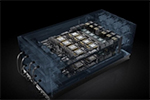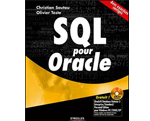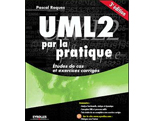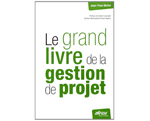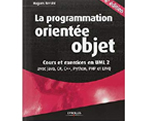Pattern > Créateurs
Pattern > Structuraux
Pattern > Comportementaux
Design pattern > Comportementaux > Interpreter
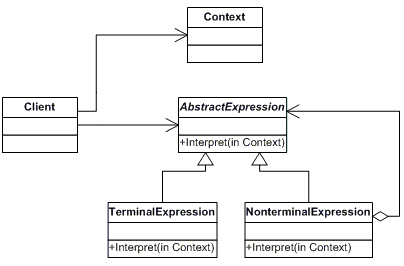
AbstractExpression (Expression)
- declares an interface for executing an operation
- implements an Interpret operation associated with terminal symbols in the grammar.
- an instance is required for every terminal symbol in the sentence.
- one such class is required for every rule R ::= R1R2...Rn in the grammar
- maintains instance variables of type AbstractExpression for each of the symbols R1 through Rn.
- implements an Interpret operation for nonterminal symbols in the grammar. Interpret typically calls itself recursively on the variables representing R1 through Rn.
- contains information that is global to the interpreter
- builds (or is given) an abstract syntax tree representing a particular sentence in the language that the grammar defines. The abstract syntax tree is assembled from instances of the NonterminalExpression and TerminalExpression classes
- invokes the Interpret operation
MCMXXVIII = 1928





